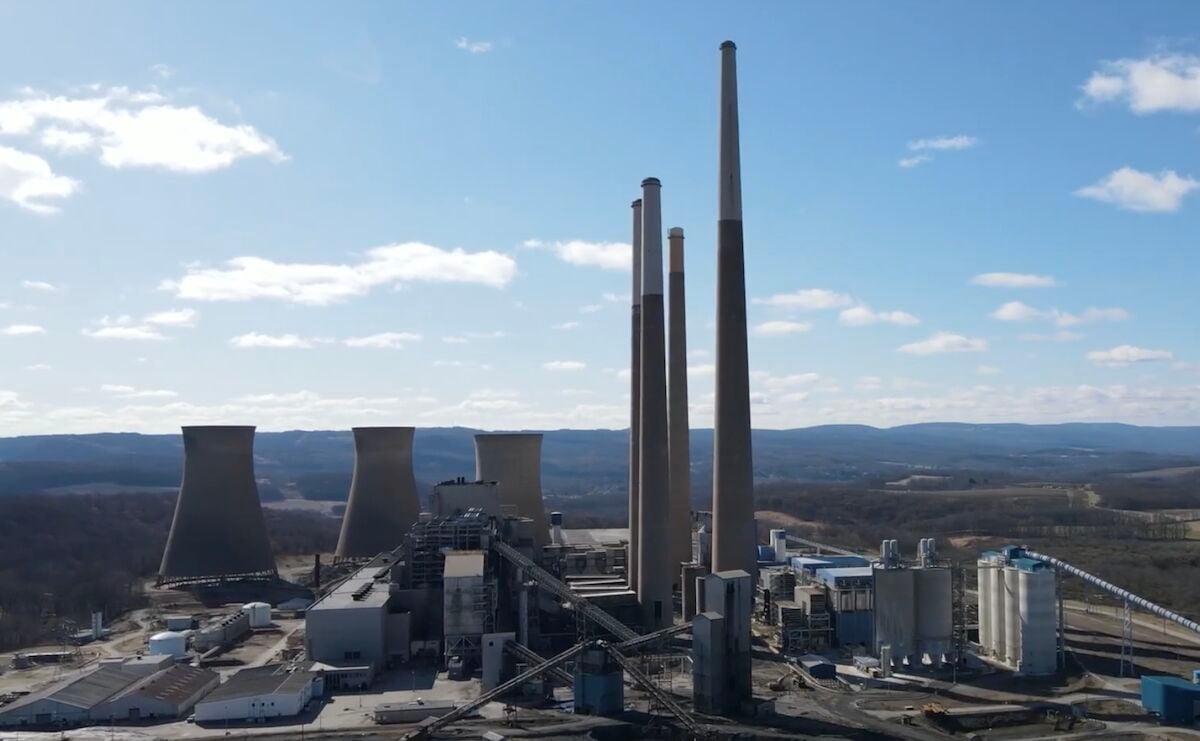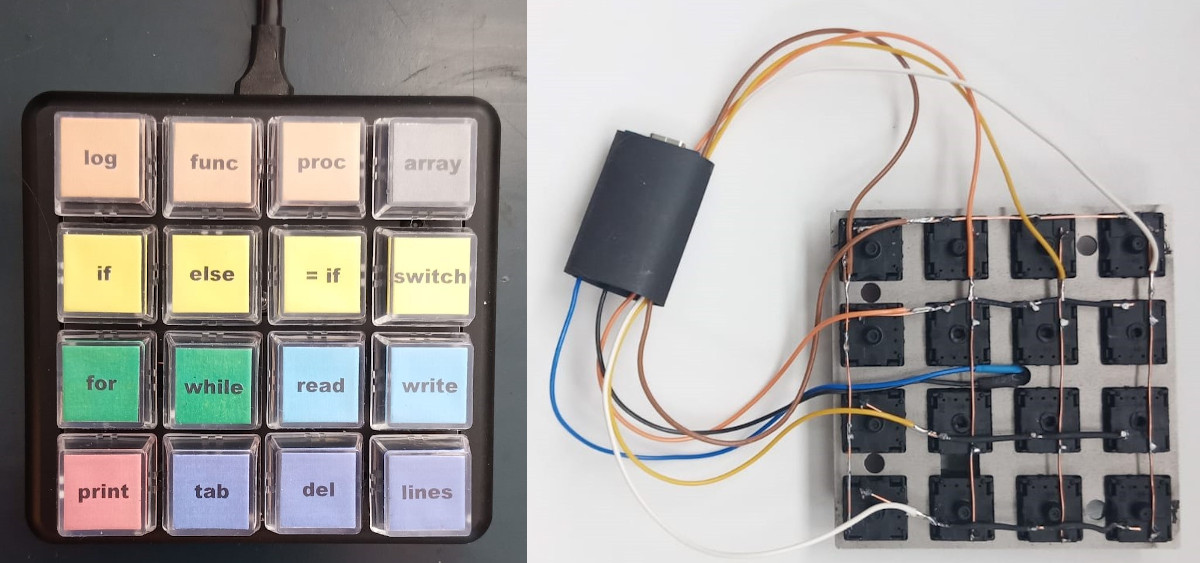Building a Self-Optimizing Data Pipeline
As a data engineer, have you ever dreamed of building a data pipeline that autonomously adjusts its performance and reliability in real-time? Sounds like science fiction, right? Well, it's not! In this article, we'll explore the concept of self-optimizing data pipelines. What is a Self-Optimizing Data Pipeline? A self-optimizing data pipeline is an automated system that dynamically adjusts its performance and reliability in real-time based on incoming data volume, system load, and other factors. It's like having a super-smart, self-driving car that navigates through the data landscape with ease! Concept Overview A self-optimizing data pipeline automates the following: Performance Optimization: Dynamically adjusts parameters like partition sizes, parallelism, and resource allocation based on incoming data volume and system load. Error Handling: Detects and resolves pipeline failures without manual intervention (e.g., retrying failed tasks, rerouting data). Monitoring and Feedback: Continuously monitors system performance and learns from past runs to improve future executions. Adaptability: Adapts to varying data types, sources, and loads. Self-Optimization in ETL Process 1. Data Ingestion • Goal: Ingest data from multiple sources in real time. • Implementation: ◦ Use Apache Kafka or AWS Kinesis for real-time streaming. ◦ Ingest batch data using tools like Apache NiFi or custom Python scripts. • Self-Optimization: ◦ Dynamically scale consumers to handle varying data volumes. ◦ Monitor lag in Kafka partitions and scale producers or consumers to maintain low latency. 2. Data Transformation • Goal: Process and transform data into a usable format. • Implementation: ◦ Use Apache Spark for batch processing or Apache Flink for stream processing. ◦ Implement transformations like filtering, joining, aggregating, and deduplication. • Self-Optimization: ◦ Partitioning: Automatically adjust partition sizes based on input data volume. ◦ Resource Allocation: Dynamically allocate Spark executors, memory, and cores using workload metrics. ◦ Adaptive Query Execution (AQE): Leverage Spark AQE to optimize joins, shuffles, and partition sizes at runtime. 3. Data Storage • Goal: Store transformed data for analysis. • Implementation: ◦ Write data to a data lake (e.g., S3, HDFS) or data warehouse (e.g., Snowflake, Redshift). • Self-Optimization: ◦ Use lifecycle policies to move old data to cheaper storage tiers. ◦ Optimize file formats (e.g., convert to Parquet/ORC for compression and query efficiency). ◦ Dynamically adjust compaction jobs to reduce small file issues. 4. Monitoring and Feedback • Goal: Track pipeline performance and detect inefficiencies. • Implementation: ◦ Use Prometheus and Grafana for real-time monitoring. ◦ Log key metrics like latency, throughput, and error rates. • Self-Optimization: ◦ Implement an anomaly detection system to identify bottlenecks. ◦ Use feedback from historical runs to adjust configurations automatically (e.g., retry logic, timeout settings). 5. Error Handling • Goal: Automatically detect and recover from pipeline failures. • Implementation: ◦ Build retries for transient errors and alerts for critical failures. ◦ Use Apache Airflow or Prefect for workflow orchestration and fault recovery. • Self-Optimization: ◦ Classify errors into recoverable and unrecoverable categories. ◦ Automate retries with exponential backoff and adaptive retry limits. 6. User Dashboard • Goal: Provide real-time insights into pipeline performance and optimizations. • Implementation: ◦ Use Streamlit, Dash, or Tableau Public to create an interactive dashboard. ◦ Include visuals for: ▪ Data volume trends. ▪ Pipeline latency and throughput. ▪ Resource utilization (CPU, memory). ▪ Error rates and recovery actions. • Self-Optimization: ◦ Allow users to adjust pipeline parameters (e.g., retry limits) directly from the dashboard. Tech Stack 1. Ingestion: Kafka, Kinesis, or Apache NiFi. 2. Processing: Apache Spark (for batch), Apache Flink (for streaming), Python (Pandas) for small-scale transformations. 3. Storage: AWS S3, Snowflake, or HDFS. 4. Monitoring: Prometheus, Grafana, or CloudWatch. 5. Workflow Orchestration: Apache Airflow, Prefect. 6. Visualization: Streamlit, Dash, or Tableau Public. Example Self-Optimization Scenarios **1. Scaling Spark Executors:** ◦ Scenario: A spike in data volume causes jobs to run slowly. ◦ Action: Automatically increase executor cores and memory. **2. Handling Data Skew:** ◦ Scenario: Some partitions have significantly more data than others. ◦ Action: Dynamically repartition data to balance load. ** 3. Retrying Failed Job

As a data engineer, have you ever dreamed of building a data pipeline that autonomously adjusts its performance and reliability in real-time? Sounds like science fiction, right? Well, it's not! In this article, we'll explore the concept of self-optimizing data pipelines.
What is a Self-Optimizing Data Pipeline?
A self-optimizing data pipeline is an automated system that dynamically adjusts its performance and reliability in real-time based on incoming data volume, system load, and other factors. It's like having a super-smart, self-driving car that navigates through the data landscape with ease!
Concept Overview
A self-optimizing data pipeline automates the following:
- Performance Optimization: Dynamically adjusts parameters like partition sizes, parallelism, and resource allocation based on incoming data volume and system load.
- Error Handling: Detects and resolves pipeline failures without manual intervention (e.g., retrying failed tasks, rerouting data).
- Monitoring and Feedback: Continuously monitors system performance and learns from past runs to improve future executions.
- Adaptability: Adapts to varying data types, sources, and loads.
Self-Optimization in ETL Process
1. Data Ingestion
• Goal: Ingest data from multiple sources in real time.
• Implementation:
◦ Use Apache Kafka or AWS Kinesis for real-time streaming.
◦ Ingest batch data using tools like Apache NiFi or custom Python scripts.
• Self-Optimization:
◦ Dynamically scale consumers to handle varying data volumes.
◦ Monitor lag in Kafka partitions and scale producers or consumers to maintain low latency.
2. Data Transformation
• Goal: Process and transform data into a usable format.
• Implementation:
◦ Use Apache Spark for batch processing or Apache Flink for stream processing.
◦ Implement transformations like filtering, joining, aggregating, and deduplication.
• Self-Optimization:
◦ Partitioning: Automatically adjust partition sizes based on input data volume.
◦ Resource Allocation: Dynamically allocate Spark executors, memory, and cores using workload metrics.
◦ Adaptive Query Execution (AQE): Leverage Spark AQE to optimize joins, shuffles, and partition sizes at runtime.
3. Data Storage
• Goal: Store transformed data for analysis.
• Implementation:
◦ Write data to a data lake (e.g., S3, HDFS) or data warehouse (e.g., Snowflake, Redshift).
• Self-Optimization:
◦ Use lifecycle policies to move old data to cheaper storage tiers.
◦ Optimize file formats (e.g., convert to Parquet/ORC for compression and query efficiency).
◦ Dynamically adjust compaction jobs to reduce small file issues.
4. Monitoring and Feedback
• Goal: Track pipeline performance and detect inefficiencies.
• Implementation:
◦ Use Prometheus and Grafana for real-time monitoring.
◦ Log key metrics like latency, throughput, and error rates.
• Self-Optimization:
◦ Implement an anomaly detection system to identify bottlenecks.
◦ Use feedback from historical runs to adjust configurations automatically (e.g., retry logic, timeout settings).
5. Error Handling
• Goal: Automatically detect and recover from pipeline failures.
• Implementation:
◦ Build retries for transient errors and alerts for critical failures.
◦ Use Apache Airflow or Prefect for workflow orchestration and fault recovery.
• Self-Optimization:
◦ Classify errors into recoverable and unrecoverable categories.
◦ Automate retries with exponential backoff and adaptive retry limits.
6. User Dashboard
• Goal: Provide real-time insights into pipeline performance and optimizations.
• Implementation:
◦ Use Streamlit, Dash, or Tableau Public to create an interactive dashboard.
◦ Include visuals for:
▪ Data volume trends.
▪ Pipeline latency and throughput.
▪ Resource utilization (CPU, memory).
▪ Error rates and recovery actions.
• Self-Optimization:
◦ Allow users to adjust pipeline parameters (e.g., retry limits) directly from the dashboard.
Tech Stack
1. Ingestion: Kafka, Kinesis, or Apache NiFi.
2. Processing: Apache Spark (for batch), Apache Flink (for streaming), Python (Pandas) for small-scale transformations.
3. Storage: AWS S3, Snowflake, or HDFS.
4. Monitoring: Prometheus, Grafana, or CloudWatch.
5. Workflow Orchestration: Apache Airflow, Prefect.
6. Visualization: Streamlit, Dash, or Tableau Public.
Example Self-Optimization Scenarios
**1. Scaling Spark Executors:**
◦ Scenario: A spike in data volume causes jobs to run slowly.
◦ Action: Automatically increase executor cores and memory.
**2. Handling Data Skew:**
◦ Scenario: Some partitions have significantly more data than others.
◦ Action: Dynamically repartition data to balance load.
** 3. Retrying Failed Jobs:**
◦ Scenario: A task fails due to transient network issues.
◦ Action: Retry with exponential backoff without manual intervention.























![Some T-Mobile customers can track real-time location of other users and random kids without permission [UPDATED]](https://m-cdn.phonearena.com/images/article/169135-two/Some-T-Mobile-customers-can-track-real-time-location-of-other-users-and-random-kids-without-permission-UPDATED.jpg?#)












































![Apple Releases macOS Sequoia 15.5 Beta to Developers [Download]](https://www.iclarified.com/images/news/96915/96915/96915-640.jpg)
![Amazon Makes Last-Minute Bid for TikTok [Report]](https://www.iclarified.com/images/news/96917/96917/96917-640.jpg)
![Apple Releases iOS 18.5 Beta and iPadOS 18.5 Beta [Download]](https://www.iclarified.com/images/news/96907/96907/96907-640.jpg)
![Apple Seeds watchOS 11.5 to Developers [Download]](https://www.iclarified.com/images/news/96909/96909/96909-640.jpg)























































































































































































![[The AI Show Episode 142]: ChatGPT’s New Image Generator, Studio Ghibli Craze and Backlash, Gemini 2.5, OpenAI Academy, 4o Updates, Vibe Marketing & xAI Acquires X](https://www.marketingaiinstitute.com/hubfs/ep%20142%20cover.png)















































































































![Is this a suitable approach to architect a flutter app? [closed]](https://i.sstatic.net/4hMHGb1L.png)















































































































